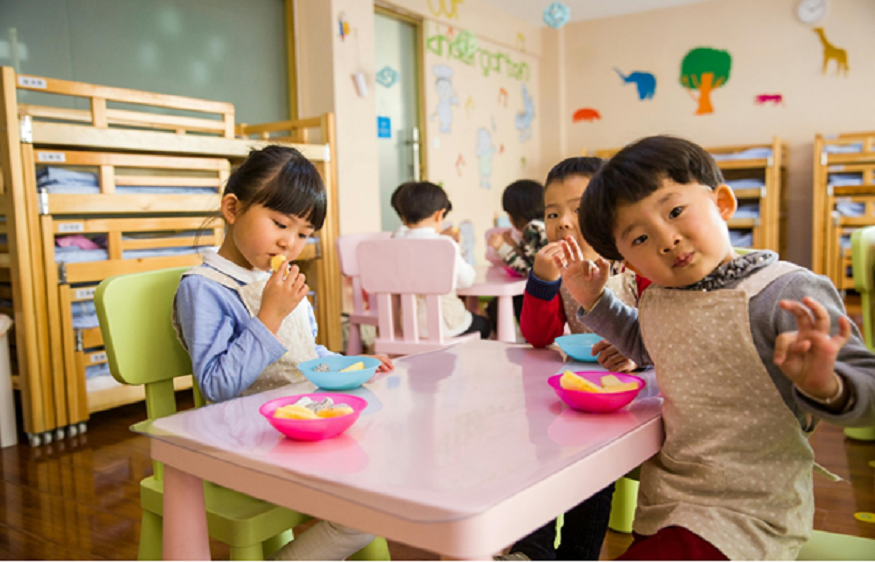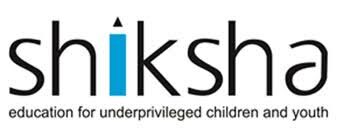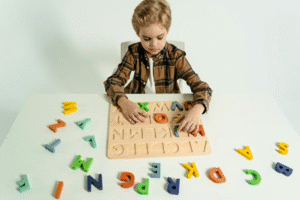More Than a Snack: How Montessori Mealtime Teaches Life Skills

In a Montessori environment, even the smallest activities become opportunities for learning and self-growth. One such understated yet powerful moment is snack time.Montessori educators understand that when they follow the child, they respect their pace and preferences, even during everyday routines like eating. Read on to explore how snack time is thoughtfully integrated into Montessori learning, and how educators trained through teacher training course in Kolkata can effectively implement it.
The Montessori Philosophy Behind Snack Time
Montessori education is rooted in the belief that children learn best when they are trusted to take charge of their actions. This philosophy carries over into snack time, where the adult takes a step back and allows the child to lead. Instead of being told when to eat, Montessori students are typically free to choose the time, quantity, and even the way they prepare and consume their snack. This is all within a prepared environment that supports responsibility.
This independence is not just about eating. It’s about choice, self-awareness, and respect for their body. This is a skill that forms the foundation for a lifetime of healthy habits.
How Snack Time Builds Confidence In Montessori Kids
If you think Montessori snack time is just about food, think again. Here is how mealtime can be a confidence-building moment for children to learn to lead with confidence:
1. Prepared Environment
A successful Montessori snack time begins with the right environment. Montessori classrooms often include a small, child-accessible snack area stocked with nutritious options, child-sized utensils, napkins, a clean workspace, and a water station. The space is intentionally designed to promote self-service.
Cleanup is just as important — children are shown how to clean their space, wash dishes, and push in their chairs.Students learn how to design and maintain this kind of environment, ensuring it remains safe, orderly, and developmentally appropriate.
2. Grace and Courtesy
Montessori classrooms emphasise ‘grace and courtesy’. This teaches children how to interact respectfully and politely with others. Snack time provides a natural setting to model and reinforce these behaviours.
Children may invite a friend to join them, wait patiently for a turn, or use kind words like ‘please pass the tray.’ Educators observe and gently guide children in developing social manners and consideration, never through correction, but through demonstration and encouragement.
3. The Role of the Educator
This allows children to initiate and explore. During snack time, this means giving children space while ensuring routines are followed safely and respectfully.
Teachers may demonstrate how to use utensils or clean up, but they resist the urge to micromanage.This balance is a core skill taught in Montessori Teacher Training Courses, understanding when to intervene, when to guide, and when to simply observe and trust the child.
4. Developing Life Skills Through Snack Time
Montessori snack routines are packed with practical life opportunities:
- Fine Motor Skills – Pouring water, slicing fruit with child-safe tools, or spooning yoghurt into a bowl.
- Sequencing – Choosing a snack, sitting at the table, eating, and cleaning up follow a natural order.
- Concentration and Focus – Snack time requires attention, especially in self-preparation and cleanup.
- Responsibility – Children become stewards of their space, learning to maintain cleanliness and order.
These seemingly small acts are foundational for cognitive and emotional development, contributing to a child’s growing sense of competence and self-esteem.
5. Cultural Inclusion and Food Diversity
Montessori educators often introduce children to diverse food choices, subtly embedding cultural awareness into snack time. Offering fruits, grains, or snacks from various cultures encourages curiosity and appreciation for global traditions.
It also opens conversations around taste, geography, and respect for differences.Trained Montessori teachers learn how to integrate cultural inclusivity into classroom practices, including snack planning.
6. Following the Child
Montessori’s guiding principle of ‘follow the child’ shines during snack time. Some children may eat early in the morning; others may prefer later. Some might want a quick bite; others may enjoy a longer break.
Allowing this autonomy respects each child’s rhythms.Educators track patterns over time, identifying nutritional preferences, social tendencies, or even sensory sensitivities.
Digital Training for Real-Life Impact
Modern educators often pursue Montessori Teacher Training Courses through flexible formats like the Online Diploma in Montessori Teacher Training Course. These online programs equip aspiring teachers with both theoretical knowledge and practical insights, including how to conduct meaningful snack routines.
Modules often include:
- Designing a child-led routine
- Nutrition in early childhood
- Practical life activities
- Observational strategies
- Creating inclusive food environments
Online learning also allows educators across the globe to implement Montessori principles tailored to their cultural and institutional contexts.
Small Moments, Big Lessons
Snack time may seem like a pause in the day’s learning, but in a Montessori classroom, it’s a rich, multi-layered educational experience. Montessori snack routines empower children to grow in autonomy while feeling respected and trusted.Educators who have trained through expert-designed programs in an accredited organisation like the Montessori teacher training institute in Kolkata are better prepared to create classrooms where every activity, even snack time, becomes a doorway to lifelong learning.




